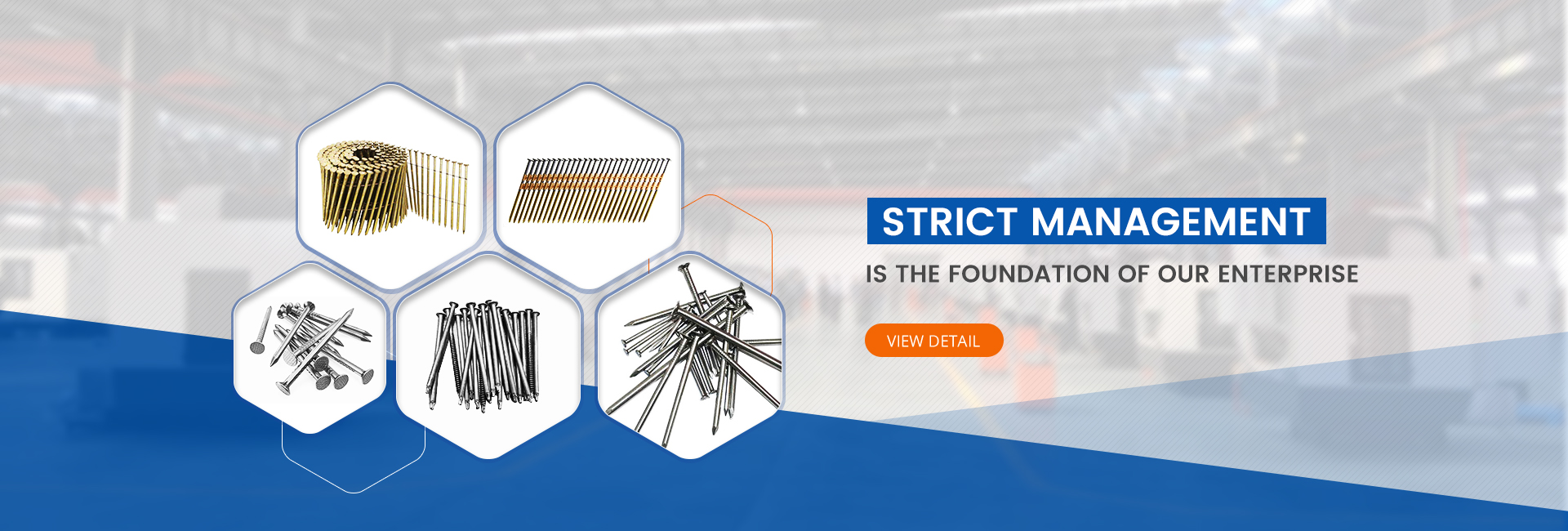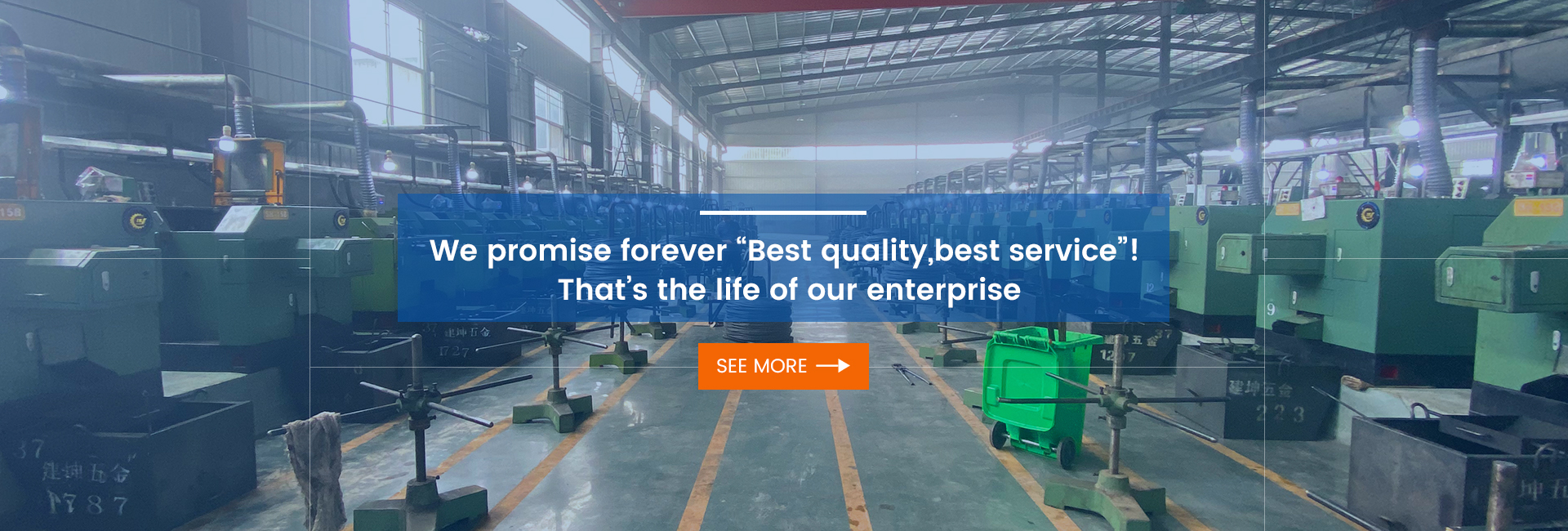In the production of drywall nails, it is necessary to go through a number of steps, including material preparation, cold heading and thread rolling, pre-treatment, heating treatment, quenching treatment, tempering treatment, galvanising and packaging, etc.
1. Material preparation
The main raw material for drywall nails is steel wire. When manufacturing drywall nails, the steel wire first needs to be fed into the machine for processing, pulling it into the right length for subsequent processing and manufacturing. Steel wire is usually made by rolling, stretching or casting and other methods, different types of steel wire has a different chemical composition and physical properties, according to the required specifications and requirements of the drywall nails to choose different steel wire materials.
2. Steel wire pre-treatment.
To remove the surface oil and rust. Pretreatment generally includes pickling and galvanising two steps. Pickling can remove the oxide layer and impurities on the surface of steel wire, while galvanising can increase the corrosion resistance of steel wire and prolong the service life of drywall nails.
3.Cold heading and rolling
The pre-treated steel wire will be fed into the cold heading machine for forming. Cold heading is a moulding process carried out at room temperature to change the shape of the wire by cold working. In the cold heading machine, the wire passes through a series of moulds, changing its shape through pressure and impact, to become the basic form of the drywall nail.
4. Pre-treatment of drywall nails.
The produced drywall nails are preliminarily cleaned to ensure that the surface is free of impurities and oil.
5.Heating treatment
Put the nails into the quenching furnace for heating treatment. The heating temperature should be adjusted according to the material and working condition of the nails, usually 800^ 900 C. The heating time depends on the size and material of the nails, usually 15 ~ 30 minutes.
6. Quenching
The heated drywall nails are rapidly immersed in a cooling medium, usually water or oil. After quenching, the surface hardness of the drywall nails increases considerably, but at the same time problems such as increased internal stresses and brittleness occur. Therefore, a tempering treatment is required after quenching.
7. Tempering treatment
Put the quenched drywall nails into the tempering furnace for heating treatment, the temperature is generally 150 ^ 250C, time 1 ^ ~ 2 hours. Tempering makes the internal stress of drywall nails can be released, but also can greatly improve its toughness and impact resistance.
8. Galvanising
Make the drywall nails into the processing equipment, so that the left and right direction of the shaking, the drywall nails for adsorption, and then its dip, zinc liquid heating to 500-600 ℃; residence time of 10-20s;
9. Packaging
The drywall nails are packaged. These nails are usually placed in pouches, and the pouches are then printed with labels so that the nails can be identified at the time of sale in terms of size, quantity and other specification information. Packaging of drywall nails can also be personalised to meet customer requirements.
Post time: Sep-19-2023



